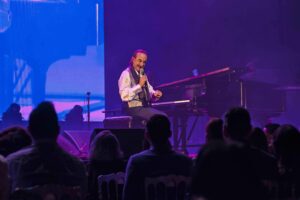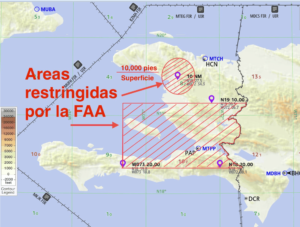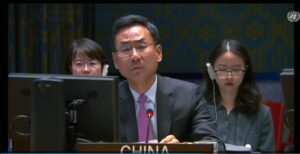
He camp 1 was simple, without many tents neither amenities. I had the bare necessities for a night’s stay. That’s what we did. We arrived on May 17th at noon, ate and rested a bit, sheltered from the cold in our tents. Very soon, at 6 in the morning, we set out on the way to the camp 2. That’s when we started to go roped off. In my case, I was tied to Paul.
To get to the camp 2, we had to cross the Valley of the Silence. It is called that because it is located in a place where, due to its condition of being surrounded by mountains, it reduces the wind and can be very quiet. We made a stop every hour to rest, drink water and eat something. That day, compared to the previous one, the one in which we had passed through the Khumbu Waterfall and all those stairs with precipices, was much quieter. After three hours of walking, we arrived at the camp two.
He camp 2, with more amenities
The second camp of the ascent had more privilegesif you can call them that. We got there around 11 a.m. on May 18. We were at 6,400 meters above sea level, but we had better conditions than on the previous trip. camp. When we arrived, some Sherpas were waiting for us to give us food. We had a kitchen tent and a dining tent. To go to the bathroom, there was a tent with a black bag that we all shared. In addition, we also had a oxygenalthough we don’t need to use it. It was at that camp when I changed my mountaineering clothes for the “Down Suit”, which is the suit of feathersFrom then on, I never took it off again.
The plan was to sleep one night, on May 18, to leave for the camp 3 the next day. For this reason, at dawn on May 19 we resumed the march. Two hours after starting the climb, we began to find the rope fixed. This has the peculiarity that it marks the route and you are tied to it with the carabiners and with the elevator system, which in theory helps you to go up. I had already used rope fixed in Antarctica, so it wasn’t too difficult for me to get used to it. In addition, we also started using the oxygenAt first it was very uncomfortable. I wanted to take off the mask because it bothered me and I felt like I was suffocating. It would fall down, the helmet bothered me, it made me hot… Until finally I got used to it and ended up adapting to it.

After walking for about three hours, we began to glimpse the camp 3 and we saw that those in front, who were a day ahead of us, had not yet left their tents. That indicated one thing: they had not come out. We were ordered to return to the camp 2, and that’s what we did. The two groups couldn’t live together in the same place. camp for one simple reason: space. It was a bit of a frustrating moment because, walking back, we knew that we would not summit on the planned day, but one day later.
He camp 3
On May 20, after an attempt the day before, we reached the camp 3. At that time we were already at 7,100 meters of altitude and we could not stop using the oxygenThe highest I had slept was in Aconcagua, but without oxygen. However, the camp 3 of the Everest It was different. It wasn’t my best night, because sleeping with a mask is not the most comfortable. Also, a peculiarity of this camp It was a very steep slope, so any movement was more difficult for me, even falling asleep.
At night, when I needed to go to the bathroom, I used a bottle. The steep slope made getting from tent to tent a challenge, as well as dangerous. camp 3 I didn’t leave my tent and I barely slept. The next morning, after having rested a little in extreme conditions, we set off towards the last camp.
_______
A story of Thais Herrera as told to journalist Miguel Caireta Serra.




